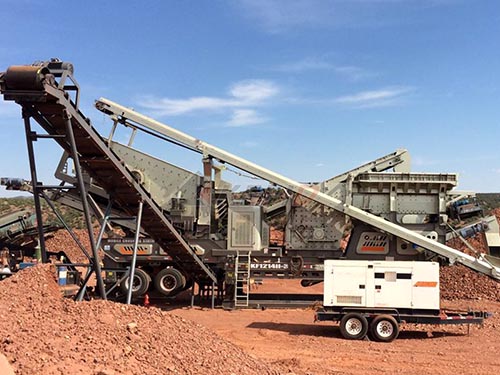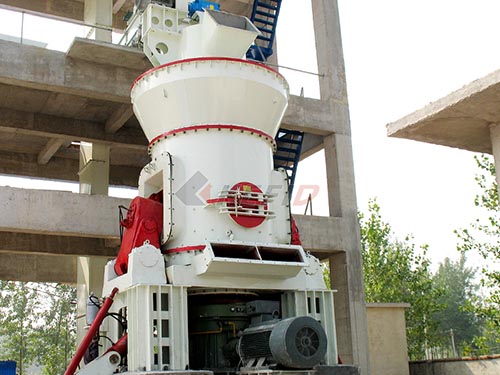Chile 300–400 tph Iron Ore Stone Crushing Line: A Benchmark in Efficient Mineral Processing
Introduction
Chile, a global leader in copper and iron ore production, continues to strengthen its position in the mining sector through innovative infrastructure and advanced technologies. One such example is the establishment of a high-capacity 300–400 ton-per-hour (tph) iron ore stone crushing line, designed to optimize resource extraction and processing efficiency. This article explores the technical specifications, operational highlights, and economic significance of this state-of-the-art crushing line.

Project Overview
Located in Chile’s mineral-rich Atacama region, this crushing line was commissioned to process iron ore with a target capacity of 300–400 tph. The project aimed to address challenges such as fluctuating ore hardness, abrasive material wear, and the need for consistent output quality. By integrating robust equipment and intelligent automation, the facility ensures reliable performance in harsh mining environments.

Equipment Configuration
The crushing line employs a multi-stage process to achieve optimal size reduction and material handling:
1. Primary Crushing: A heavy-duty jaw crusher (e.g., PE900×1200) handles raw iron ore with a feed size of up to 750 mm, reducing it to 150–200 mm. Its high crushing ratio and wear-resistant plates ensure durability against abrasive ores.
2. Secondary Crushing: A hydraulic cone crusher (e.g., HPT300) further processes the material to 40–70 mm. Its advanced chamber design minimizes over-crushing while maintaining throughput stability.
3. Screening & Grading: A multi-layer vibrating screen (e.g., 3YK3072) classifies crushed ore into precise specifications (0–5 mm, 5–10 mm, 10–30 mm), ensuring compliance with downstream smelting requirements.
4. Auxiliary Systems: Belt conveyors with anti-skid coatings and dust suppression units enhance operational safety and environmental compliance.
Technical Innovations & Challenges Overcome
1. Adapting to Ore Variability: Chilean iron ore deposits often exhibit uneven hardness due to geological factors. The crushing line incorporates real-time monitoring sensors to adjust crusher settings dynamically, optimizing energy consumption and output consistency.
2. Wear Resistance Solutions: To combat rapid abrasion of components, critical parts like mantles and concaves are made from high-manganese steel alloys or composite ceramics, extending service

Leave a Reply